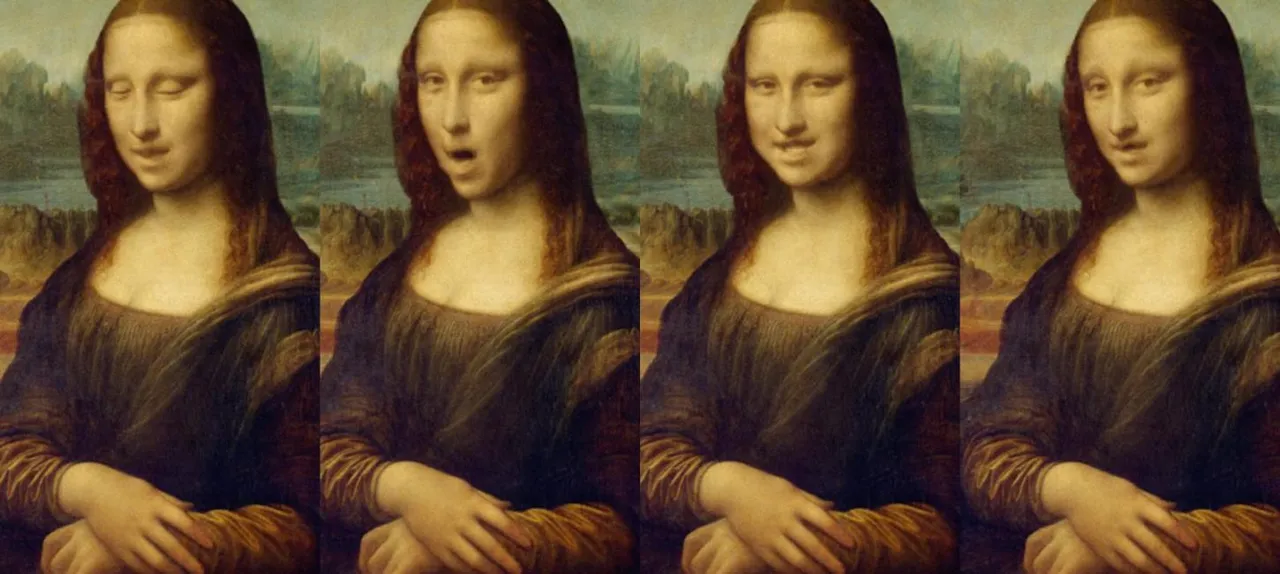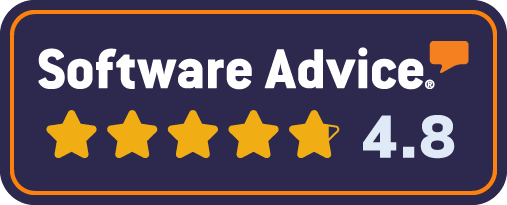How to Protect Your Brand from AI-Generated Images and Content

(Image from Visit Denmark)
In today’s digital landscape, the use of artificial intelligence (AI) to generate images and content is on the rise. While AI can offer numerous benefits, it also poses a potential threat to your brand’s identity and reputation. In this post, we’ll explore simple and effective strategies to safeguard your brand from AI-generated images and content.
1. Monitor and Identify AI-Generated Content
The first step in protecting your brand is to actively monitor and identify AI-generated content. This includes images, articles, videos, and social media posts. Invest in AI-powered tools and services that can detect AI-generated content and alert you to potential threats.
Detecting AI-generated images is an evolving field, with various tools and frameworks being developed. Here are some prominent methods and tools:
- Deep Learning Models: There are deep learning models specifically trained to distinguish between AI-generated and real images. These models often look for subtle patterns or inconsistencies typical of generative models like GANs (Generative Adversarial Networks).
- Forensic Tools: Digital forensic tools analyze images for inconsistencies in lighting, shadows, or textures that are often telltale signs of AI manipulation. Examples include tools like Adobe’s Content Authenticity Initiative.
- Reverse Image Search: Services like Google Images or TinEye can sometimes help identify AI-generated images by finding similar images or source materials online.
- Metadata Analysis: Analyzing image metadata can sometimes reveal clues about the image’s origin. AI-generated images may lack certain types of metadata typically found in camera-captured photos.
- GAN Detection Tools: There are specific tools designed to detect images created by GANs. These tools often look for characteristic artifacts or patterns left by specific GAN architectures.
- Open Source Projects: GitHub and other open-source platforms host various projects and tools developed for image authenticity verification.
- Commercial Solutions: Companies specializing in digital forensics and AI offer proprietary solutions for detecting AI-generated content. These solutions are often more advanced and regularly updated but come at a cost.
- Academic Research Tools: Many academic institutions develop their own tools for research purposes. These tools are often at the forefront of technological advances in the field.
It’s important to note that as AI technology evolves, so do the methods for detecting AI-generated images. Therefore, staying updated with the latest developments in the field is crucial.
2. Protect Your Visual Identity
Your brand’s visual identity is crucial. Ensure that your logos, images, and graphics are trademarked and copyrighted. This provides legal protection against unauthorized use or alteration of your visuals, even if they are generated by AI.
To protect your images from being scraped for use in AI language learning models (LLMs) or other AI systems, you should consider the following steps:
- Terms of Service and Copyright Notices: Clearly state in your website’s Terms of Service and on each image (if feasible) that your images are copyrighted and not permitted for AI training or any unauthorized use.
- Watermarking: Add visible watermarks to your images. This makes them less desirable for scraping and use in AI training.
- Robots.txt File: Use a robots.txt file on your web server to disallow web crawlers from accessing your images. While this is not legally binding, most reputable crawlers respect these rules.
- Technical Measures: Implement more advanced technical barriers, like requiring user authentication to view images, or dynamically loading images via JavaScript, which can make it harder for automated systems to scrape them.
- Legal Action: Monitor the internet for unauthorized use of your images and be prepared to take legal action if your images are used without permission.
- Meta Tagging: Use meta tags to indicate copyright status and disallow indexing of the images by search engines.
- Low-Resolution Previews: Only display low-resolution versions of your images online, and reserve high-resolution images for trusted clients or secure transactions.
Note that Brandkit provides many of these protections out of the box.
Remember, while these methods can reduce the risk of your images being scraped and used in AI training, it’s challenging to guarantee complete protection against all web scraping technologies.
3. Educate Your Team
Educate your marketing and content teams about the existence of AI-generated content. Make them aware of the potential risks and the need for vigilance. Training can help them spot AI-generated content more effectively.
4. Strengthen Copyright and Intellectual Property Rights
Review and strengthen your copyright and intellectual property rights policies. This will give you legal recourse if your brand’s content is misused or copied by AI-generated content creators.
5. Regularly Update Your Content
Consistently update your content to keep it fresh and unique. This makes it less attractive for AI-generated content creators to replicate or imitate. High-quality, regularly updated content also helps maintain your brand’s relevance and authority and improves SEO performance.
6. Monitor Social Media Channels
Keep a close eye on your brand’s social media channels. Look out for fake profiles and accounts using AI-generated content to impersonate your brand. Report and take action against such accounts promptly.
7. Engage with Authentic Content Creators
Collaborate with authentic content creators, influencers, and partners who can help promote your brand. Authenticity and human touch can distinguish your brand from AI-generated content.
8. Use AI for Your Benefit
Harness the power of AI for your own marketing efforts. AI can help automate tasks, analyze data, write and personalize content, enhancing your brand’s effectiveness and efficiency.
There are now many tools to help you use AI effectively. For example you can use AI Tools (like Humanize) for helping humanize AI generated content to sound more human-like, ensuring that AI generated copy maintains your brand’s voice and resonates with real people instead of sounding overly robotic.
9. Stay Informed and Adapt
The digital landscape is ever-evolving. Stay informed about AI advancements and how they may impact your brand. Be ready to adapt your brand protection strategies accordingly.
In conclusion
While AI-generated images and content presents challenges, proactive measures can help protect your brand’s identity and reputation. By monitoring, educating your team, strengthening legal protection, and staying vigilant, you can safeguard your brand from the potential risks posed by AI-generated images and content. Remember that protecting your brand is an ongoing process, and staying ahead of the curve is essential in the digital age.
How to Protect Your Brand from AI-Generated Images and Content
While AI offers many benefits, it also poses a potential threat to your brand. Here’s how to safeguard your brand from AI-generated images and content.


